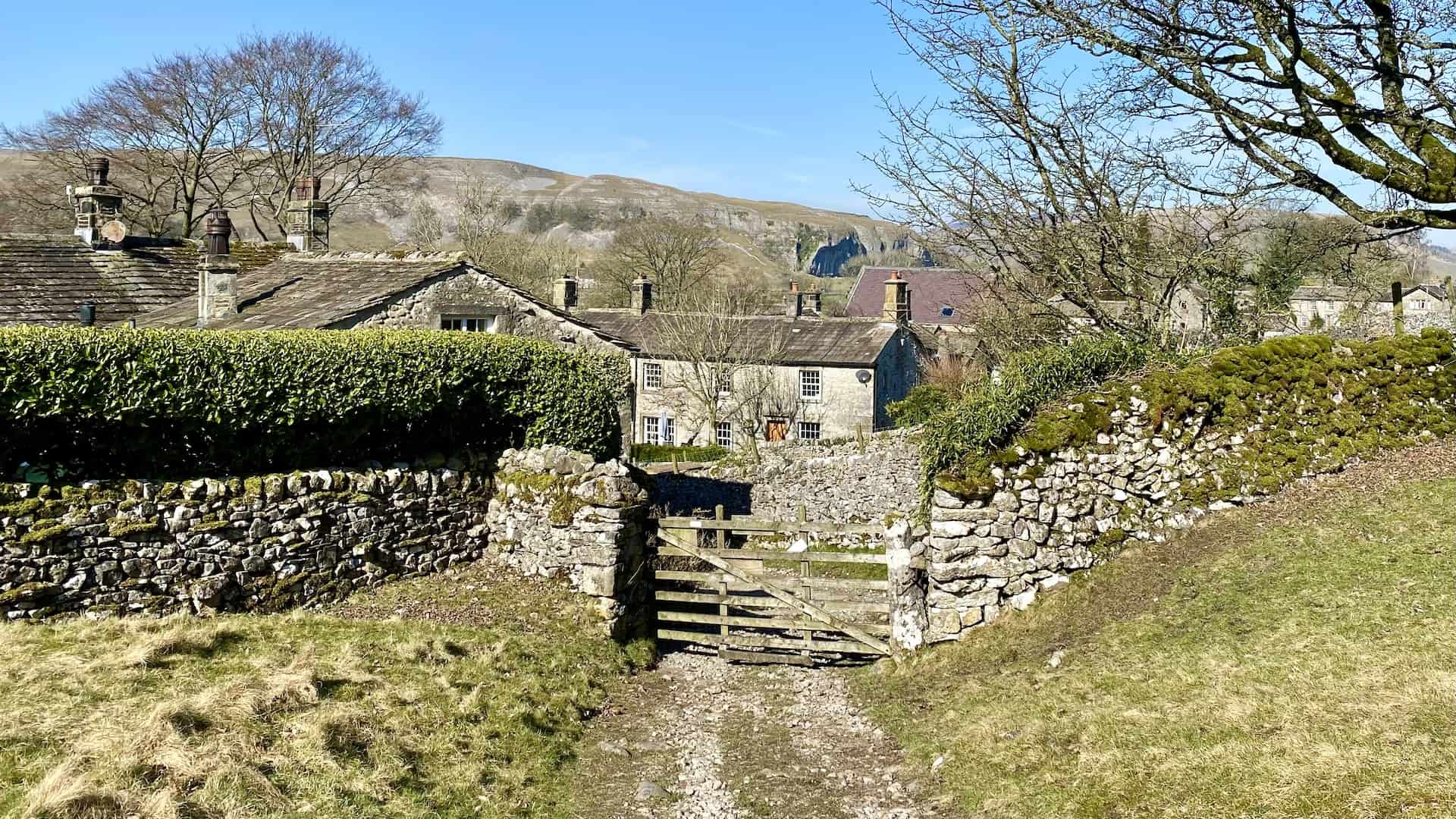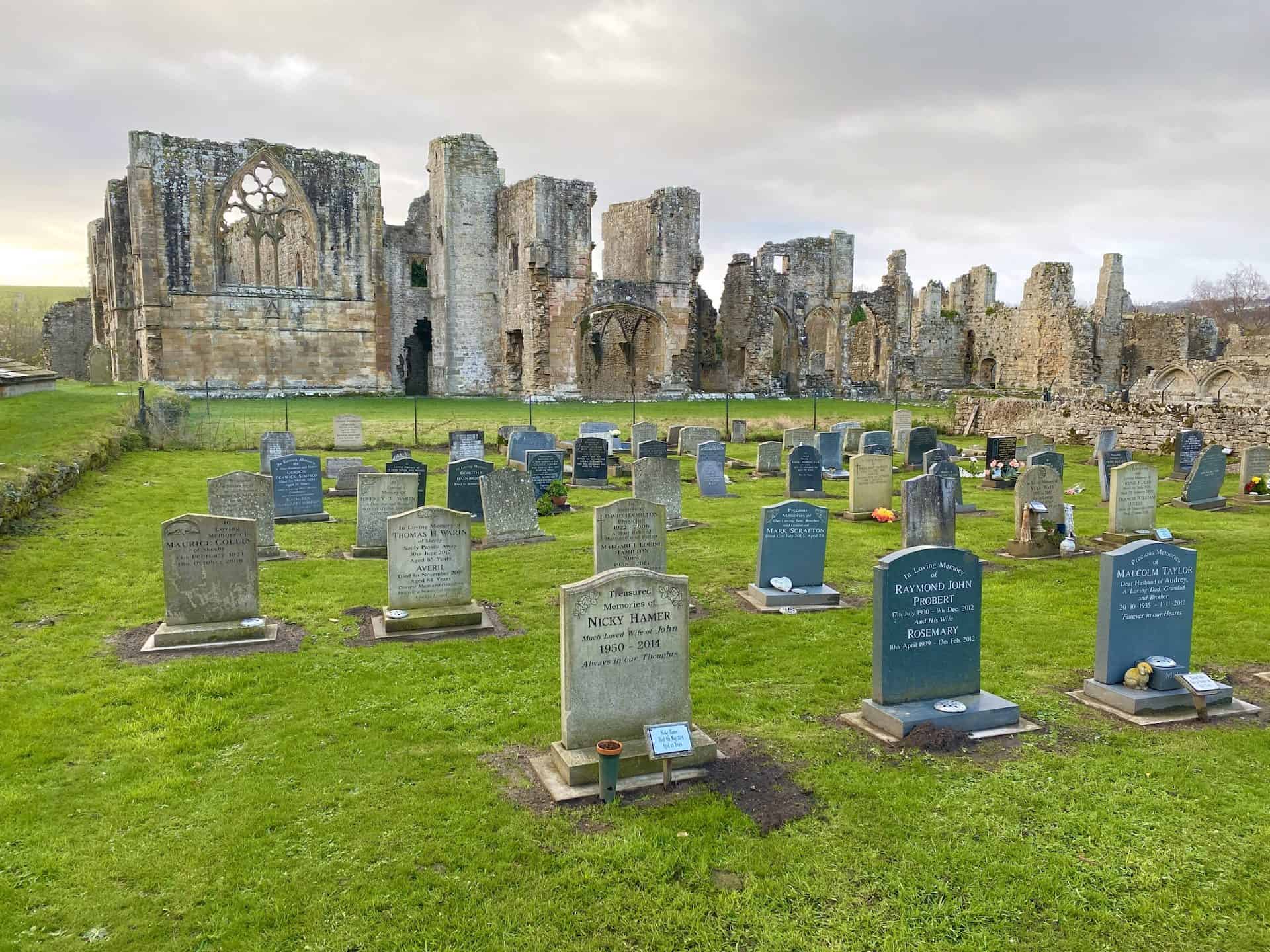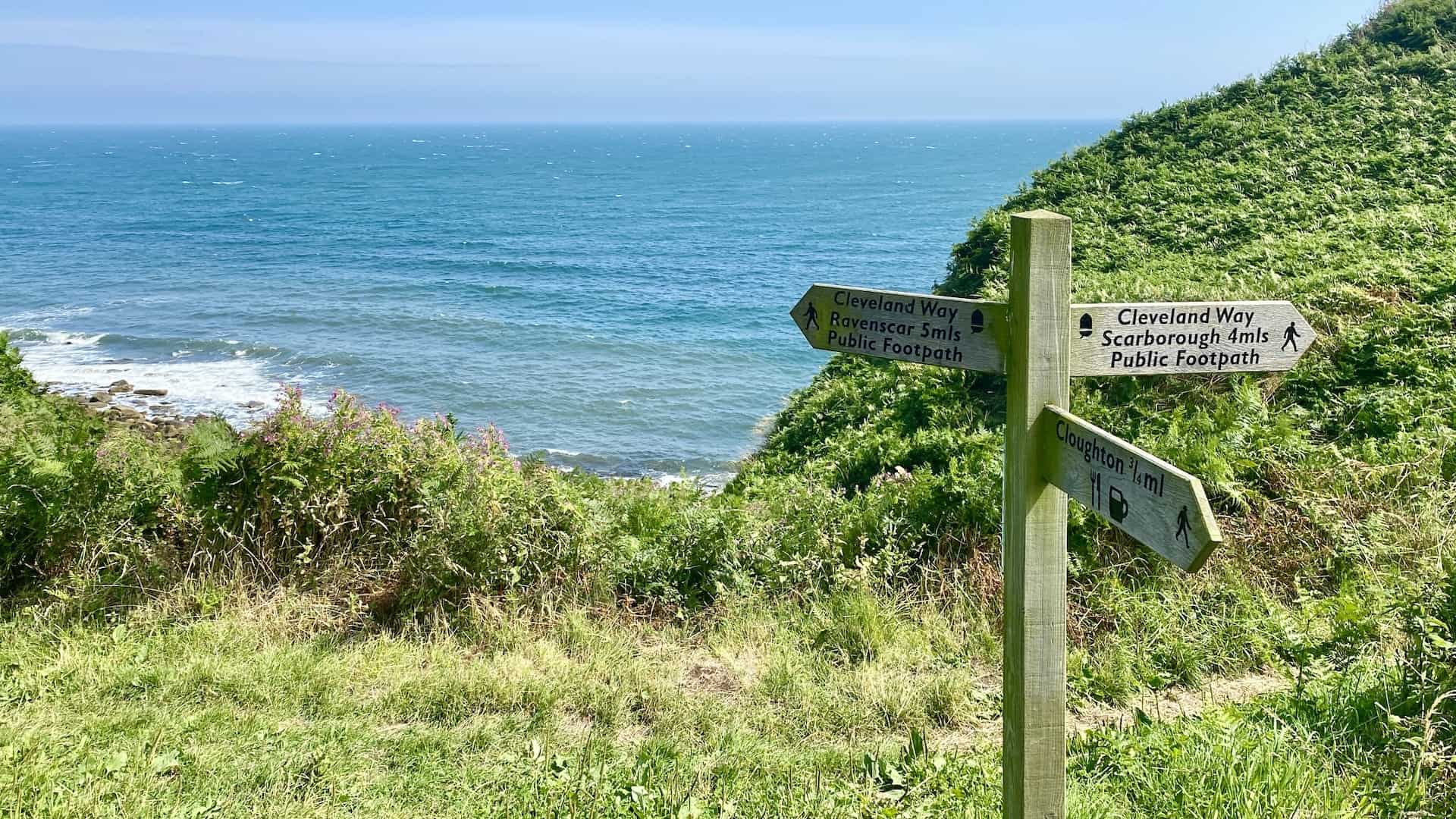Celebrating 70 Years of the Countryside Code with a Modern Update
Natural England and Natural Resources Wales have launched a new Countryside Code to coincide with the 70th anniversary of the original booklet published in 1951. This is the first update in over a decade and aims to provide clearer guidance for countryside visitors, emphasising the importance of maintaining a welcoming environment, responsible dog ownership, adhering to footpaths, and refraining from feeding livestock.

Overview of Key Changes to the Countryside Code
The updated Countryside Code includes several key changes, such as:
- Encouraging people to be friendly, share the space, and enjoy their visit by creating positive memories.
- Reminding visitors not to feed livestock, horses, or wild animals, as this can be harmful to them.
- Staying on marked footpaths to protect crops and wildlife, even if the paths are muddy.
- Providing information on permissions required for certain outdoor activities like wild swimming.
- Giving clearer rules for dog walkers, emphasising the importance of taking home dog poo and using personal bins if public waste bins are not available.
- Adopting a more conversational tone, transforming the Countryside Code into a guide for the public rather than a list of rules.
- Clarifying that the code applies to all natural spaces, including parks, waterways, coasts, and the countryside.
The Importance of the Countryside Code
The Countryside Code plays a crucial role in ensuring the conservation and enjoyment of the UK’s natural spaces for current and future generations. By following the guidelines outlined in the code, visitors can contribute to the protection of the environment, respect the livelihoods of those working in rural areas, and maintain the beauty and tranquillity of these spaces. Furthermore, the Countryside Code highlights the significant health and wellbeing benefits of spending time in nature, encouraging responsible outdoor activities and fostering a deeper appreciation for the environment.
Four Main Sections of the Countryside Code
The updated Countryside Code is divided into four main sections, each focusing on a key aspect of responsible and enjoyable use of the UK’s natural spaces. By adhering to the guidelines in these sections, visitors can contribute to the conservation and protection of the countryside, ensuring that it remains a welcoming and pleasant environment for everyone.

1. Respect Everyone
One of the core principles of the Countryside Code is respecting the rights and needs of others who live, work, or visit the countryside. This includes:
- Being considerate to local residents, workers, and other visitors.
- Leaving gates and property as you find them, or following instructions on signs.
- Not blocking access to gateways or driveways when parking your vehicle.
- Being polite, saying hello, and sharing the space with other countryside users.
- Following local signs and keeping to marked paths unless wider access is available.
2. Protect the Environment
Protecting the environment is essential for preserving the natural beauty and ecological balance of the countryside. The Countryside Code provides guidance on how visitors can help:
- Taking litter home and leaving no trace of your visit.
- Exercising caution with BBQs and not lighting fires.
- Keeping dogs under control and in sight at all times.
- Bagging and binning dog poo, using any public waste bin or your own bin at home.
- Caring for nature by not causing damage or disturbance to wildlife, plants, rocks, or historical sites.
3. Enjoy the Outdoors
The countryside offers numerous physical and mental health benefits, and the Countryside Code encourages visitors to make the most of their time outdoors by:
- Checking routes and local conditions before setting off.
- Planning adventures, knowing what to expect, and understanding which activities are permitted.
- Enjoying visits, having fun, and creating lasting memories.
- Being prepared for natural hazards, having the necessary skills and equipment, and being flexible with plans if needed.
4. Know the Signs and Symbols of the Countryside
Understanding the signs and symbols used in the countryside helps visitors navigate and follow the correct routes for different users:
- Familiarising yourself with the different rights of way and access for walkers, cyclists, and horse riders.
- Recognising the signs and symbols that indicate national trails, open access land, and permissive paths.
- Using gates, stiles, or gaps in field boundaries whenever possible to avoid causing damage or disturbing livestock.
- Reporting any illegal or misleading signs to the local authority.
- By following the Countryside Code and understanding its four main sections, visitors can ensure a safe, enjoyable, and responsible experience in the UK’s natural spaces.
Countryside Code Section 1: Respect Everyone
Showing respect for others in the countryside is a fundamental aspect of the Countryside Code. By being considerate of local residents, workers, and fellow visitors, we can help create a welcoming environment for everyone to enjoy.

Consideration for Others in the Countryside
Being mindful of the needs and rights of others in the countryside involves:
- Not disturbing residents or workers by keeping noise levels reasonable.
- Leaving gates and property as you find them or following instructions on signs.
- Avoiding blocking access to gateways or driveways when parking your vehicle.
- Adhering to local signs and staying on marked paths unless wider access is available.
Farming, Livestock, and Wild Animals
Respecting those working in the countryside and their animals is crucial. Some ways to do this include:
- Co-operating with farmers and following their directions when animals are being moved or gathered.
- Not interfering with farm machinery, horses, or livestock.
- Giving wild animals, livestock, and horses plenty of space and not feeding them, as this can cause harm.
Travel and Parking in Rural Areas
Safe and responsible travel in rural areas contributes to the overall enjoyment of the countryside:
- Driving carefully and slowly on country roads, ensuring not to block access to gateways or driveways when parking.
- Considering alternative means of transport, such as public transport or cycling, to help reduce traffic congestion.
- Taking extra care when a right of way crosses a railway line and checking guidance on safely using level crossings.
Sharing the Space and Being Polite
A friendly and polite attitude towards other countryside users creates a positive atmosphere:
- Being nice, saying hello, and sharing the space with walkers, cyclists, horse riders, and other visitors.
- Showing respect for walkers’ safety while also not obstructing or endangering cyclists and horse riders.
- Staying alert and giving plenty of room to other users, such as slowing down or stopping for horses, walkers, and livestock when driving or cycling.
Countryside Code Section 2: Protect the Environment
Preserving the beauty and health of the countryside is a shared responsibility. By following the Countryside Code, we can contribute to the protection of the environment for current and future generations.

Taking Litter Home
Proper disposal of litter is essential for maintaining the cleanliness and beauty of the countryside:
- Bringing a bag with you to carry rubbish and food waste.
- Using public bins when available or taking litter home to dispose of it responsibly.
- Remembering that littering and dumping rubbish are criminal offences.
Fire Safety and BBQs
Preventing fires is crucial for the safety of people, wildlife, and habitats:
- Exercising caution with naked flames, cigarettes, and BBQs.
- Using BBQs only in designated areas and ensuring they are fully extinguished before disposal.
- Not lighting fires in the countryside, as they can cause significant damage.
Dog Control and Waste Disposal
Responsible dog ownership contributes to the enjoyment and safety of the countryside for everyone:
- Keeping dogs under control and in sight at all times.
- Bagging and disposing of dog waste in any public waste bin or taking it home if no bins are available.
- Adhering to local restrictions regarding dogs, such as keeping them on leads or avoiding certain areas.
Caring for Nature and Historic Sites
Protecting the natural environment and historic sites is vital for preserving our heritage and the habitats of wildlife:
- Leaving rocks, stones, plants, and trees undisturbed and not causing damage to wildlife, including ground-nesting birds.
- Respecting ruins and historic sites, as they are important elements of our cultural heritage.
- Reporting any signs of damage or disturbance to the local authorities.
Countryside Code Section 3: Enjoy the Outdoors
Experiencing the outdoors is one of the greatest pleasures of the countryside. To fully appreciate the beauty and tranquillity of rural landscapes, it is essential to be prepared and respect the rights of others. Here are some key points to consider when planning your adventures in the countryside.

Route Planning and Checking Local Conditions
Proper planning can make all the difference in enjoying a safe and enjoyable trip:
- Researching routes and paths before setting out, using maps, guidebooks, or online resources.
- Checking weather forecasts and local conditions to ensure a safe and comfortable experience.
- Familiarising yourself with any restrictions or closures, such as temporary diversions or private land.
Adventure Preparation
Being well-prepared will help you make the most of your time in the countryside:
- Packing appropriate clothing, footwear, and equipment for your planned activities.
- Bringing sufficient food, water, and other essentials for the duration of your adventure.
- Planning for emergencies by carrying a first aid kit, mobile phone, and whistle.
Rights and Permissions for Activities
Respecting the rights of landowners and other countryside users is crucial:
- Understanding and adhering to public rights of way, such as footpaths, bridleways, and byways.
- Seeking permission from landowners for activities that may require it, such as wild camping or fishing.
- Following local guidelines and restrictions for activities like drone flying, metal detecting, or rock climbing.
Creating Memories
Capturing memories of your time in the countryside can be a rewarding and lasting memento:
- Taking photographs or videos to remember your experiences and the stunning landscapes.
- Sharing your adventures with friends, family, or on social media while respecting the privacy of others.
- Participating in local events or joining countryside groups to build connections and learn more about the area.
Countryside Code Section 4: Know the Signs and Symbols of the Countryside
When exploring the countryside, understanding the various signs and symbols will help you navigate safely and responsibly. The Countryside Code emphasises the importance of being aware of different rights of way, recognising countryside symbols, and identifying permissive paths and open access areas.

Different Rights of Way and Access
In the countryside, there are different rights of way for various users:
- Public footpaths: These are for pedestrians only (walkers and mobility aid users) and are usually marked with a yellow arrow or signpost.
- Bridleways: These are open to pedestrians, horse riders, and cyclists, and are typically marked with a blue arrow.
- Byways open to all traffic (BOAT): These routes can be used by pedestrians, cyclists, horse riders, and motor vehicles, and are usually marked with a red arrow.
- Restricted byways: These routes can be used by pedestrians, cyclists, horse riders, and horse-drawn vehicles only, and are usually marked with a purple arrow.
Understanding Countryside Symbols
A range of symbols and signs are commonly used to indicate specific features or restrictions in the countryside:
- Information boards: These provide detailed information about the local area, such as maps, walking routes, and points of interest.
- Waymarkers: Small coloured arrows or discs placed along paths to help guide users in the correct direction.
- Restricted access: Signs indicating that access to certain areas is limited or prohibited, such as private land, military training grounds, or nature reserves.
- National Trails: Created for walking, with horse-riding and cycling possible on some trails. Users with limited mobility can visit the National Trail website to check trail suitability. The acorn symbol marks 16 long distance routes in England and Wales including the England Coast Path.
Permissive Paths and Open Access Areas
In addition to public rights of way, there are other types of access available in the countryside:
- Permissive paths: These are paths provided by landowners that allow access on their land for recreational purposes. They may be subject to specific conditions, such as restricted access during certain times or seasons.
- Open access areas: These are areas of land, usually marked on maps with a light orange or brown shading, where the public has a legal right to roam freely on foot, without having to stay on designated paths. This includes many areas of mountain, moorland, heath, down, coastal margin and registered common land. A round brown symbol with a person walking over hills is used to represent open access areas.
Amazon’s Top Walking Boots: Four Standout Choices for Men and Women
For walking and hiking, the right boots are essential for both comfort and safety. While Amazon boasts a wide range, certain boots emerge as top-sellers. From those, here are four I personally favour. As an Amazon affiliate, I may earn a small commission from any purchases made through the links provided. This helps support the upkeep of this website. Rest assured, you won’t pay a penny extra, but your purchase will contribute to keeping my site running smoothly. Happy walking!

Berghaus Men’s Hillmaster II Gore-Tex Walking Boots
These fully waterproof leather walking boots feature a Gore-Tex lining, ensuring no water enters whilst allowing feet to breathe and stay cool. Made from full-grain leather, they promise unmatched durability and comfort. The boots come with memory foam tongues and cuffs that mould to your feet for a tailored fit, and the Vibram Hillmaster outsoles offer confidence on challenging terrains.

Salewa Men’s Mountain Trainer Mid Gore-Tex Walking Boots
Made from durable suede and abrasion-resistant textile, these men’s hiking boots are both lightweight and sturdy. The upper material is enhanced by a 360° full rubber sheath. Their dual-layer midsole with Bilight technology ensures ergonomic cushioning and grip, especially on extended hikes. The Vibram Wrapping Thread Combi outsoles allow a natural walking feel, and the Gore-Tex lining provides waterproofing, breathability, and optimal weather protection. Furthermore, the patented Salewa 3F system ensures flexibility, a secure heel grip, and a blister-free fit.

Berghaus Women’s Supalite II Gore-Tex Walking Boots
Specially designed for women, these hiking boots offer waterproofing and breathability, thanks to their Gore-Tex lining. Crafted from full-grain abrasion-resistant leather, they’re durable enough for the toughest hikes. The Supalite soles ensure stability and traction, and the EVA midsoles add comfort for extended walks.

Merrell Women’s Moab 3 Mid Gore-Tex Walking Boots
These hiking boots incorporate a Gore-Tex waterproof membrane, blending breathability with superior waterproof performance. The combination of pigskin leather and mesh on the uppers, along with the suede outer material, ensure durability and style. Enhancements include 100% recycled laces, webbing, and mesh lining. Additionally, bellows tongues, protective toe caps, and Vibram TC5+ rubber soles ensure protection and ease on any terrain.